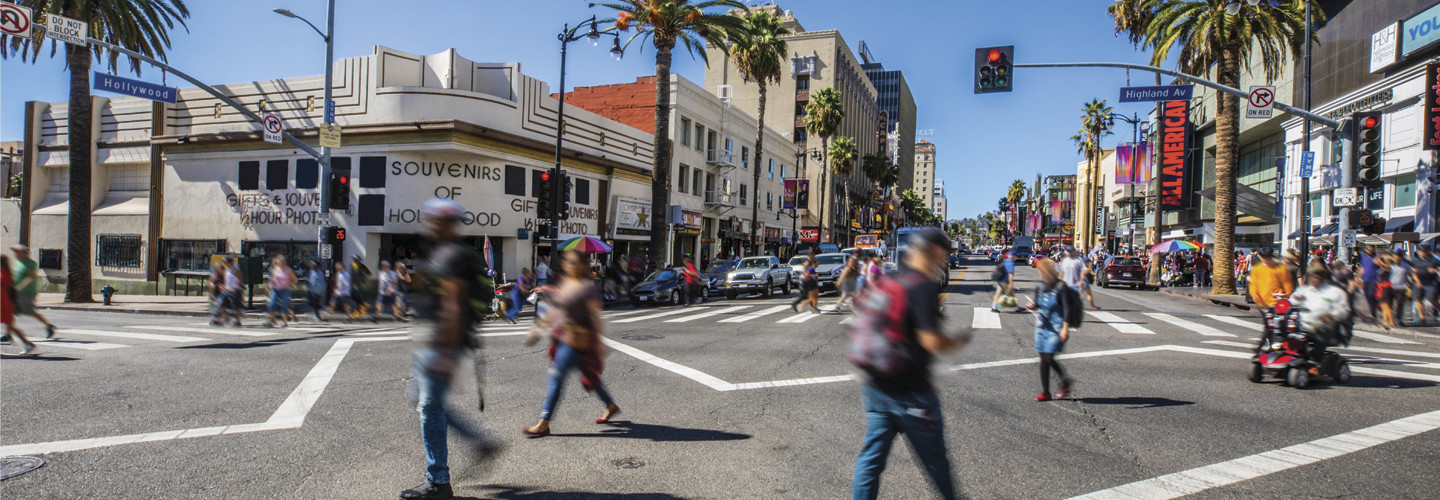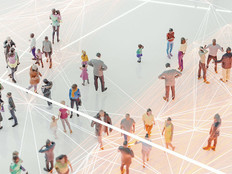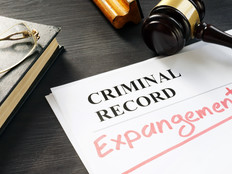Chicago Examines How Curbs Are Used via Analytics
In Chicago, the City Tech Collaborative launched a months-long project to collect data related to curb activity to help the city better manage how curb space is used, according to Government Technology.
The initiative is designed to create a “practical, usable, scalable analytics tool to better understand the curb,” which has been described as phase one, Jamie Ponce, director of strategic partnerships at City Tech Collaborative, tells Government Technology.
The publication reports:
The project will include private sector partners like Bosch and HERE Technologies to provide various levels of support and expertise. For example, HERE Technologies will analyze traffic movement, congestion and other data points to identify bottlenecks “and areas of friction,” Ponce explained. The data gathered will enable the researchers to take a closer look at what’s causing some of the curb space management problems, all part of Phase I, which will largely be a mapping exercise to digitize the curb.
The next phase of the project will analyze all of that data and help the city craft new approaches. Curbs are often used for parking in cities, but data analysis of curbside usage can help them determine how curbs are used and how to price access to them differently, Billy Riggs, a researcher and professor with expertise in transportation and smart mobility at the University of San Francisco, tells Government Technology.
“It’s also important to think about the curb as barrier but a continuum of the street,” Riggs says. “And given the trends in many locations to support car-free cities, many municipalities also need to take a hard look at what type of travel should be allowed on certain corridors — not just thinking about using the curb, but thinking about if it should even exist.”
MORE FROM STATETECH: Find out why connected intersections are the backbones of smart cities.
Meanwhile, in Los Angeles, just seconds after a rider unlocks a dockless electric scooter with a smartphone app and starts motoring around, information about the trip is fed to a city-operated database, according to the New York Times.
Then, just after the trip ends, another alert updates the database, noting the location. A day later, the Times notes, the exact route the rider took is uploaded and logged for analysis.
As the Times reports, that kind of data is also a key to solving congestion in cities, since knowing “what route riders have used historically makes it possible for policymakers to plan infrastructure.”
“Cities have to assure that their resources are used efficiently, and that includes the shared spaces,” Stephen Zoepf, chief of policy development at Ellis & Associates, a consultancy that advises cities on the intersection between transportation and technology, tells the Times. “The effects of crowding, in noise and emissions, are a tragedy of the commons.”










